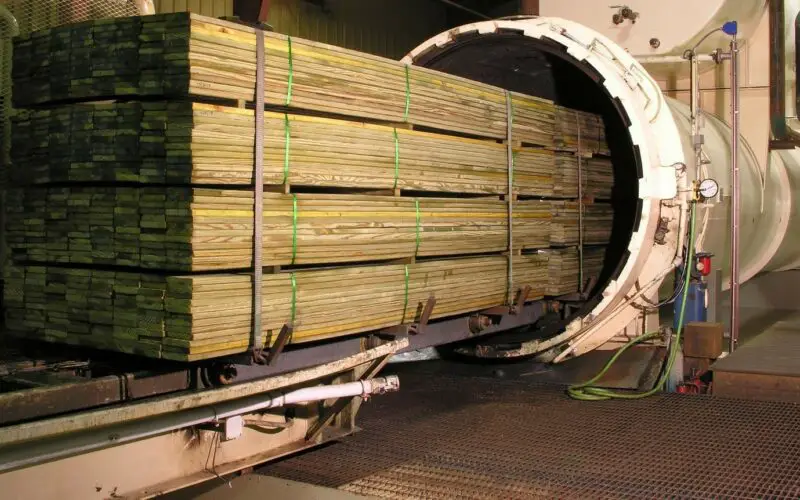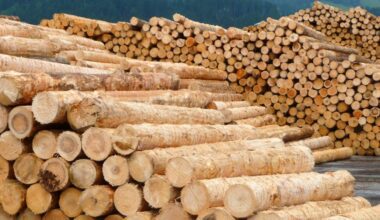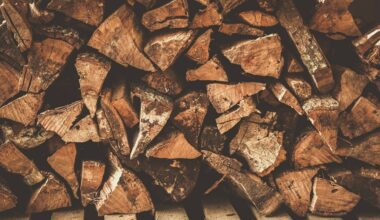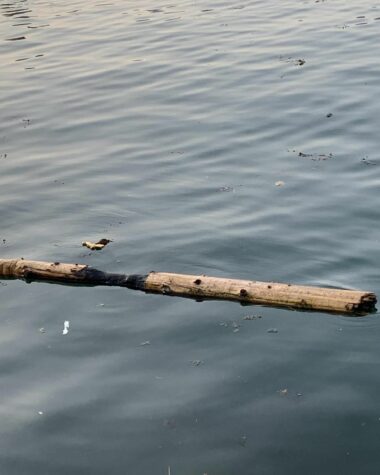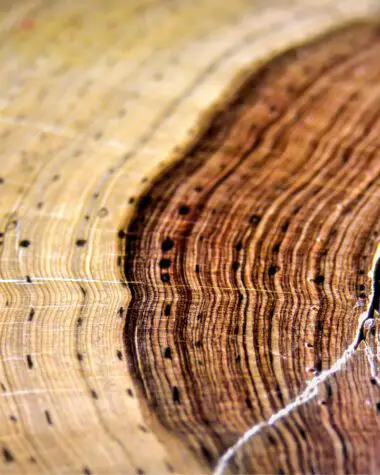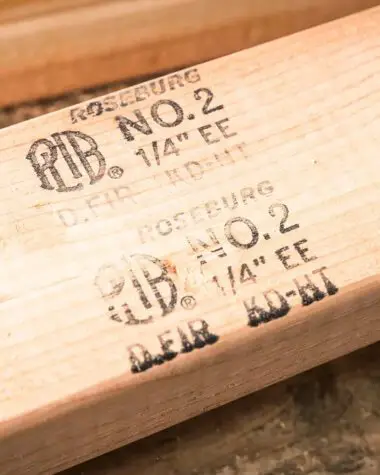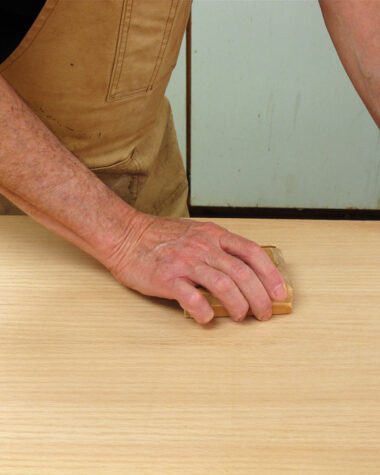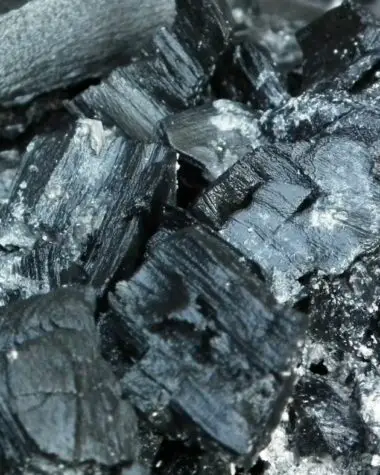Pressure treatment is one of the most reliable ways to preserve the beauty and usability of wood. When wood is pressure treated, it will be rot-free and pest-free. In this process, the wood is placed in a de-pressurized tank to remove the air so that the preservative injected on it will be injected, resulting in the protection of the wood from fungus, insects, vermin, and mites.
Here are some important facts regarding pressure-treated wood that will help you decide if it is the right choice for your project.
Signs that a Wood Is Pressure-treated
Dr. Karl Wolman discovered a technique known as pressure treatment to ensure that the wood would last for many years. Pressure-treated wood is considered the wood for all seasons because it is rot and insect resistant. It can also withstand changing weather conditions. Like natural or unpressured wood, pressure-treated wood also serves the same purpose. But how to tell if the wood is pressure-treated?
- Pressure-treated wood includes tags to know the chemical used for it, like copper and tebuconazole.
- Pressure-treated wood has an oily scent.
- Pressure-treated wood turns gray as it ages.
- Pressure-treated wood has wood stamps of FDN.
- Pressure-treated wood is wider and thicker than regular wood.
- Pressure-treated wood has a higher retention level that tells how much preservatives were left after the treatment.
How Long Can Pressure-Treated Wood Last?
The Forest Products Laboratory and other research teams have revealed that treated wood stakes buried in the ground can last for almost 40 years without rotting. Meanwhile, pressure-treated wood used for flooring or decks only has a 10-year lifespan because the surface of decks receives more activity than ground-mounted wooden pegs. According to reports from the Forest Products Journal, the average pressure-treated deck barely lasts 9 years.
Chemicals Used In Pressure Treated Wood
As mentioned above, pressure-treated woods are determined through the tags, which specify the chemicals used during the wood treatment. The below information enlists the common chemicals present in pressure-treated wood.
Chromated Copper Arsenic
Chromated Copper Arsenic (CCA) is an extreme substance used to treat wood. Amidst being harmful, it is still considered the most effective to treat wood. This substance provides ultraviolet (UV) protection to avoid wood burn, especially if the wood is outdoors.
Copper Azole
Copper azole is a major wood preservative related to some organic substances to protect crops, which is why the level of its harmful elements injected into the wood is relatively low.
Copper Naphthenate
Another chemical commonly used for wood is copper naphthenate, which is used for greenhouses, fences, railroads, and other structures. The wood’s ability to retain its sturdiness is due to this chemical. The usage of wood in ground and water contact is appropriate.
Borate
This preservative contains a low level of toxicity to humans. It is the substance that prevents molds and fungal growth.
Creosote
Creosote is used for woods for industrial purposes, such as railroads and utility poles, because it contains high coal content.
When to Use Pressure-treated Wood
The chemicals used to treat wood are known to be the most toxic chemicals. For this reason, it is essential to know when to use pressure-treated wood. Check the following points below for your guidelines.
Direct Moisture Contact
Where there is direct contact between wood and anything that contains moisture, pressure-treated wood must be used. Moisture can impact wooden posts that are in touch or buried underground. Therefore, pressure-treated wood should be used for them since it can better withstand moisture.
Woods With A Protective Sealant
There is no other option if pressure-treated wood is required because you need sturdy material to build pillars, supports, and floors. Instead of using untreated wood for the supports and having them quickly rot away, it is preferable to use treated timber and feel secure in the knowledge that your home is safe. Utilizing pressure-treated wood that has also been sealed with an oil-based product is the final option.
Can You Use Pressure-Treated Wood Inside?
With all the precautions mentioned, one would ask if pressure-treated wood is safe inside the house. Of course, we do not want our kids and pets to be exposed to danger due to the chemical contaminants of pressure-treated wood.
To make things clear, you can surely use pressure-treated wood to create furniture inside the house, especially in the kitchen and bathrooms. Just be careful about not using it on the kitchen counters, picnic tables, and wooden cutting boards.
Pressure-treated wood should not be used for manufacturing any item which comes in direct contact with food. Hence spoons and spatulas are made of untreated wood. Else, it is fine to use pressure-treated wood in constructing cupboards, tables, chairs, beds, etc., especially in regions that are humid and there might be attacks of insects and fungi. Also, plant boxes use pressure-treated wood as it is in contact with soil all the time and rots very fast.
Ensure that pets do not chew pressure-treated wood. It might subject them to diseases, and the chemicals are not good for their systems.
How to Sand Pressure Treated Wood
Sanding wood is a challenging job. Be ready for the mess, like sawdust that needs to be cleaned after. The best workspace is outdoors or in any well-ventilated place and easy to clean. Without further ado, let’s delve into the process.
- Clean the wood with a rag to remove dust and grime from the surface.
- Choose the right sandpaper grit.
- Start sanding with rough/lower grit sandpaper to remove the rough things from the wood.
- After the rough stuff is removed, gradually move up with the grit to get a smoother finish.
- When you are happy with the result, the final step is to remove the sawdust from the wood.
- Now your wood is ready for painting, staining, and any other finish that you want to give it.
Staining Pressure Treated Wood
Pressure-treated wood does not need protection against rot, but staining can help reduce surface cracking. Let’s find out more!
- Before staining a pressure-treated wood, cleaning it using a pressure washer to knock loose dirt or residue is important. If you are dealing with older wood, there are additional steps you need to take to remove stains.
- Wait until the pressure-treated wood is dry before you apply a stain because the chemicals used in treating the wood usually leave additional moisture. The drying time varies from a few weeks to a few months, depending on the climate and weather.
- The next step is thoroughly mixing the stain. You can mix the stain in the hardware store when you purchase, or you can shake it well at home. Make sure to stir the stain to ensure the best stain application.
- When applying stain to pressure-treated wood, remember that back brushstrokes may cause color variation and constitute additional coats. If you’re staining a fence or a vertical surface, begin at the top to cover any runs or drips as you work your way down. Remember that exposed ends may require additional staining because of greater absorption.
What Happens if Pressure Treated Wood is Painted Too Soon?
It is a fairly simple process to check if treated wood is ready for a painting job. Drop a few beads of water on the wooden board. Wait for a few minutes. If the wood absorbs the water droplets, it will take paint.
You can also use a moisture meter to measure the moisture in the wood. Check the dampness in several spots on the treated wood board for the best results.
The moisture level in recently pressure-treated wood is high, or the wood can be considered ‘wet.’ If not kiln-dried, there is a high possibility that the lumber is still damp during purchase. Wood that is even moderately damp is not likely to absorb the applied paint and completely dry wood. Here are the most likely consequences of painting treated wood when it is not yet ready.
- Increased chances of paint peeling off
- Bubble formation
- The surface will tend to warp.
- The paint will look dull.
- Difficulty in painting
Precaution
The chemical used to pressure treat wood is dangerous to people and animals because of its chemical substances. Care must be taken when handling or picking up pressure-treated wood. You risk ingesting toxic arsenic if you touch pressure-treated wood, rub your eyes, or eat with your hands. This also applies to pets, especially indoor-only dogs or cats.
Be aware that non-treated wood should be used to build decks, beds, playsets, tree houses, gardens, and other areas where children and pets frequently congregate. Due to its natural resistance to rot and pests, cedar is a viable substitute for pressure-treated wood.
Key Takeaways
As a wood for all seasons, pressure-treated wood values more for its rot resistance than the potential threat it may incur to humans. The chemicals used in this wood type are powerful enough to last many years. Thus, humans must also adhere to the above precautions to prolong their lives.
